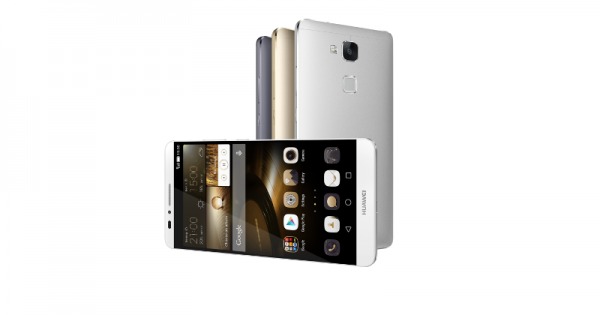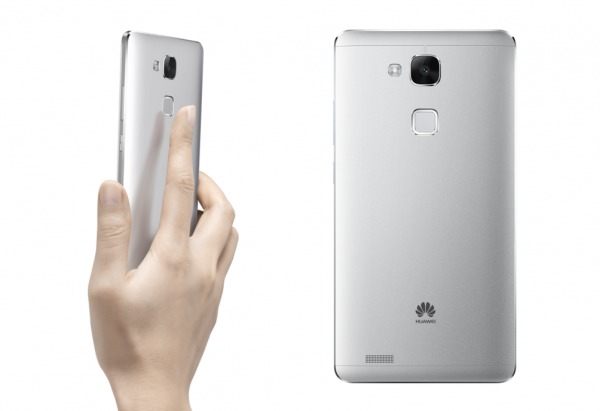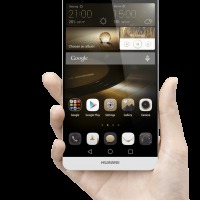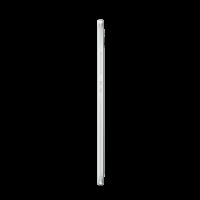
Here at IFA 2014, Huawei is trying to make history. Rising above the ranks of other Chinese manufacturers, it is pulling all the plugs to out its most premium smartphone yet. With a premium build, a notable design, and top of the line hardware, the Ascend Mate7 is poised to play in the big leagues. It even sports a fingerprint sensor of its own just to prove how serious it is.
The Ascend Mate7 will have nothing to be ashamed of when it comes to hardware, at least except for the screen. The 6-inch LTPS display made by Japan Display Inc, perhaps better known as JDI, unfortunately only bears a resolution of 1920×1080. Given its size, it is almost a shame that it doesn’t quite reach up to the new QHD standard that is being pushed by the higher end. That said, we will take Full HD over something less any time.
The guts of the smartphone are quite notable. Huawei’s Kirin chip might not be as popular as a Qualcomm Snapdragon or a Smasung Exynos, but benchmarks, if you buy into them, would like you to believe that it is just as good, or maybe even better. The octa-core Kirin 925 is made up of four 1.8 Ghz Cortex-A15s and four 1.3 Ghz Cortex-A7s, configured to turn on and off as the need arises to maintain efficiency and conserve power. Depending on the model, you will either have 2 GB of RAM and 16 GB of storage, or a higher 3 GB of RAM and 32 GB of storage. A 13 megapixel camera with Sony BSI sensor and f/2.0 aperture decks the front while a 5 megapixel shooter will welcome any obsessive selfie-taker with open arms.

The back of Ascend Mate7 also bears a new not-so-secret feature: Huawei’s very own fingerprint scanner. Riding on the fad, the company is touting its own way of doing things. Huawei assures the public the sensitive fingerprint information isn’t stored on the device in a haphazard manner but is instead nested deep inside the Kirin 925 itself, taking advantage of ARM’s TrustZone architecture and SecureOS protection. In theory, it means that no third party apps will be able to gain access to that information. In practice, only time will tell. Huawei’s implementation, however, does have something that might trump others. Its system can actually store 5 sets of fingerprints, each of which can be assigned to different access levels, enabling owners to hide private information from other “guests”, perfect for a family use case.

The design of the Ascend Mate7 isn’t lacking either. Huawei says that the body is 95 percent metal. The insides are made of aluminum alloy. The bezels around the screen are only 2.9 mm wide, which gives it a screen-to-body ratio of 83 percent, no doubt one of the highest around. Despite all those, it is designed to be comfortable to use and usable with only one hand, with a thickness of 7.9 mm and a weight of only 185 g. And with color options of moonlight silver, obsidian black, and amber gold, the Ascend Mate7 definitely has the looks to show.
Unfortunately for those expecting relatively lower prices, perhaps unreasonably given the hardware, the Huawei Ascend Mate7 also carriers somewhat premium pricing. The 2 GB RAM/16 GB storage configuration, which is the standard model, comes with a 499€ price tag. The premium variant, with the higher memory specs, will also come with a higher price of 599€. Huawei will roll out its flagship sometime this month, starting with China, Hong Kong, Germany, Italy, France, Spain, the UK and 23 other countries before the Ascend Mate7 heads out to other parts of the world.














